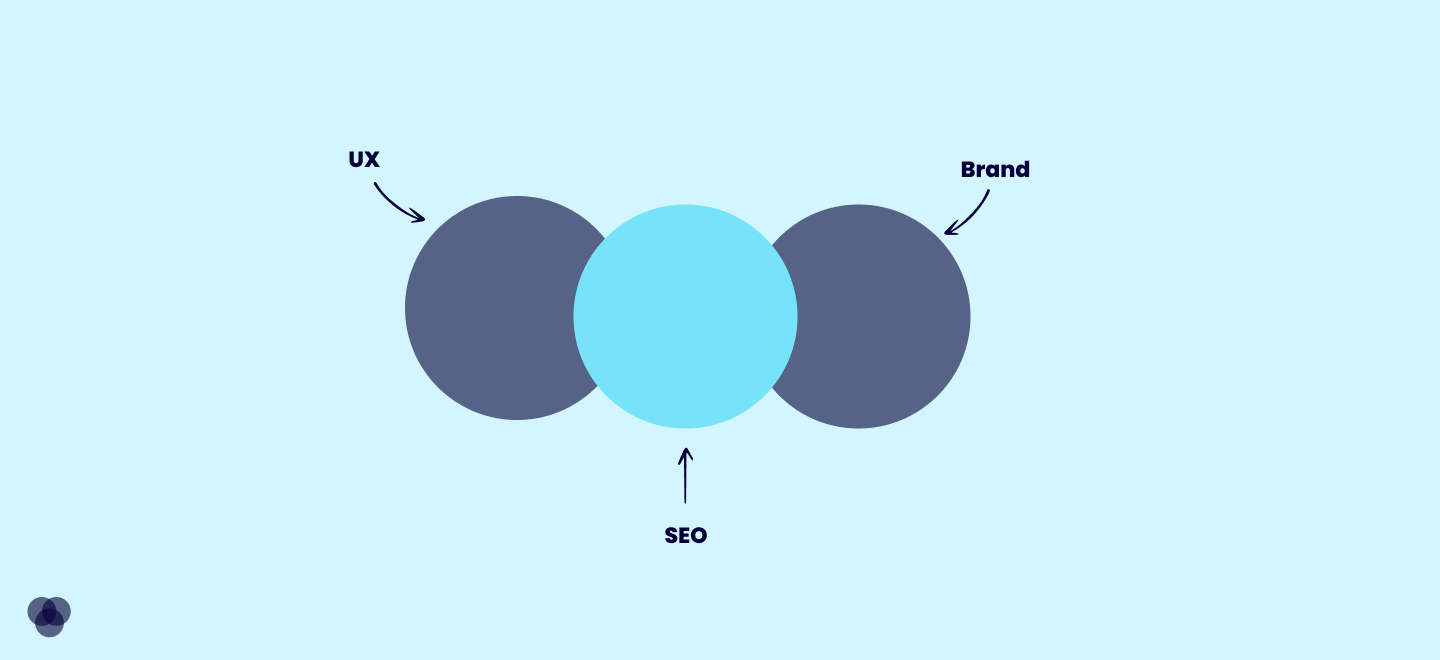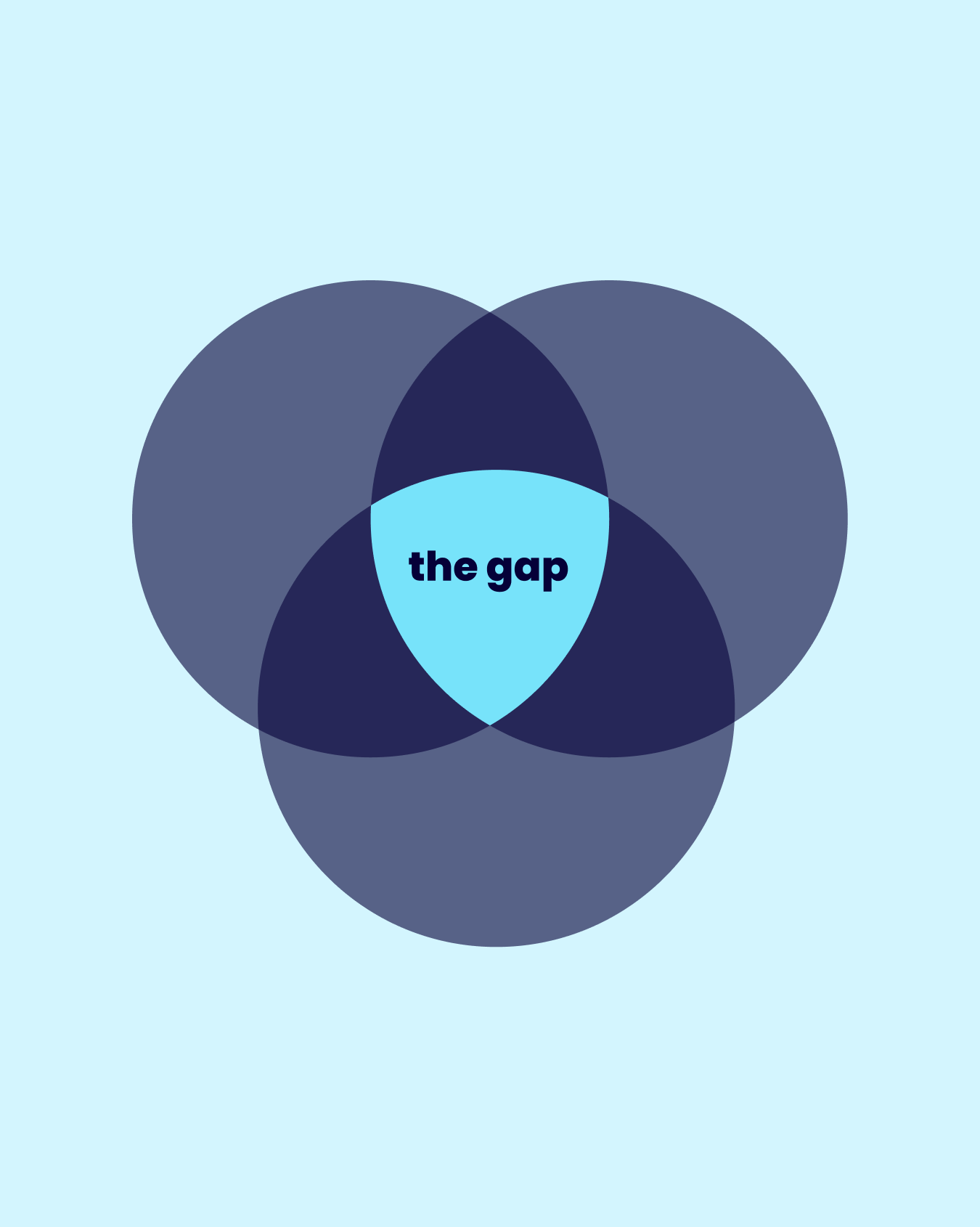Smart SEO: How UX and Brand are the perfect SEO bedfellows

In a world where there are plenty of SEO ‘specialists’, as well as UX and Brand specialists, it isn’t surprising that many companies consider these disciplines to work as entirely separate entities. Add to this the fact these disciplines are further siloed within Client businesses as sitting under ‘Digital teams’ or ‘Marketing Teams’ and it’s no wonder the interaction between each is rarely considered.
But here’s the thing. It’s exactly the interplay between these three elements that makes your SEO smarter, your brand stickier and your UX well a bit X-ier.
SEO, UX and Brand may be comprised of three different disciplines, but the interaction and effect of each on the other can take your business and marketing efforts to the next level. Let’s be really clear: UX and Brand are increasingly important factors for SEO, so it’s important to understand how they go hand-in-hand;
Let’s start with the basics. What and How:
What is SEO? Is all about about optimising your visibility online, attracting people to your experience in the first place by making it show up in search. SEO works hard to drive organic traffic to a website or product and improve its position in the search results. If you want your app to rank higher in the app store, or want more traffic to your website you need to be thinking about SEO.
How can SEO help my brand and my user experience?
SEO helps build long-term equity for your brand. A good ranking and a favorable placement help elevate your brand’s profile.
SEO is the ‘hand shake’ with your User Experience on site. Strong UX drives higher and more relevant search rankings. This means more qualified leads ready to embrace your online experience.
UX is all about people’s behaviour after they arrive at your experience, with the main goal usually being to increase conversions, even to increase virality. The difference between good and bad UX ultimately means the difference between a successful product and a failing one. Businesses that improve the UX of their website or product can achieve conversion rates as high as 400%, (Source: Forrester Research) and 66% of customers are willing to pay more for an easy and great user experience (Source: Salesforce)
How can strong UX help my SEO?
Good UX improves a website’s SEO by making it more user-friendly and easy to navigate. This can lead to longer session durations, lower bounce rates, and higher click-through rates, critical factors that search engines ‘like’ when determining rankings. For Google, these user-related metrics are a strong indicator of the quality of your website — and, in turn, of the position it should be given in the search results.
Put Simply? Optimise for the user experience and you’ll both directly and indirectly optimise for SEO.
How can a strong Brand help my SEO?
Branding is the process of giving meaning to specific company, products or services by creating and shaping a unique set of connections (from tone of voice, to purpose and of course in visual identity) in consumers’ minds. It is used to help people identify as well as build preference to choose a specific product over the competition. Brand also allows companies to charge more for as the perceived value is elevated above a purely functional purpose.
Having a well-known brand helps with SEO. Increasing brand recognition and awareness among consumers leads to increased Google searches. Creating a recognisable and ownable brand ensures your brand has a stronger internet presence (reviews, social media, citations, and backlinks). When people ‘talk’ about your brand online, search engines like Google will take notice.
Put Simply? Branded search traffic not only reflects the level of interest of a specific brand, which Google will reward with rankings.
1. Brand affects awareness. Awareness drives search
2. UX affects Site Quality. Site Quality improves search
3. Search impacts site traffic Traffic (if optimised) improves revenue
At LDN we start by considering the bigger picture, the human picture. Brand and UX are essential elements for connecting with the humans you want to engage with your product or service. Rolling these into our wider SEO strategies for clients ensures more ‘eyeballs’, closer connection, and elevated conversion rates.
contact
We'd love to chat growth with you today.
Sydney, NSW 2099

